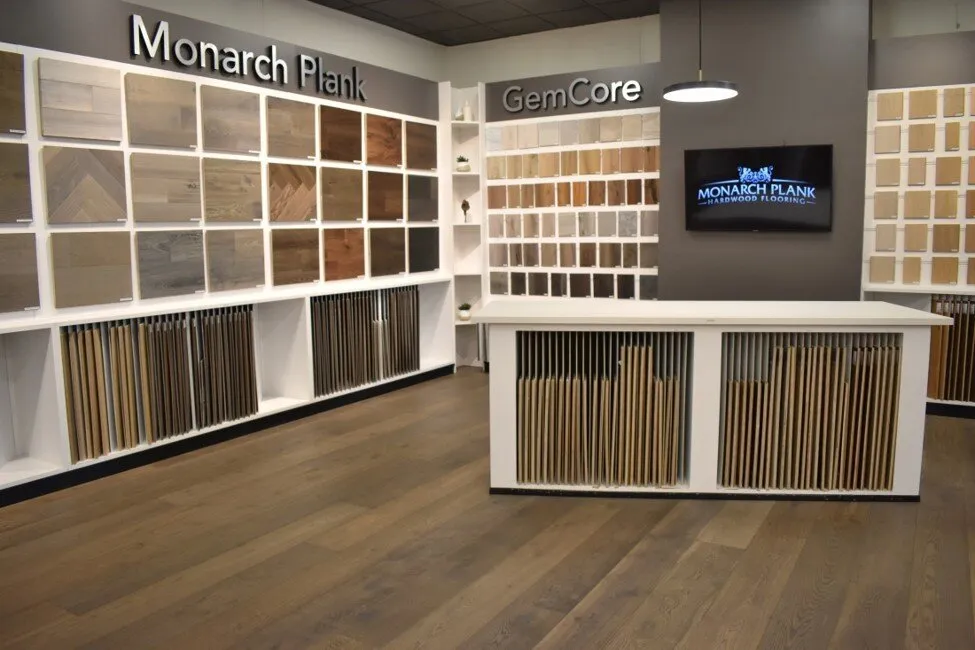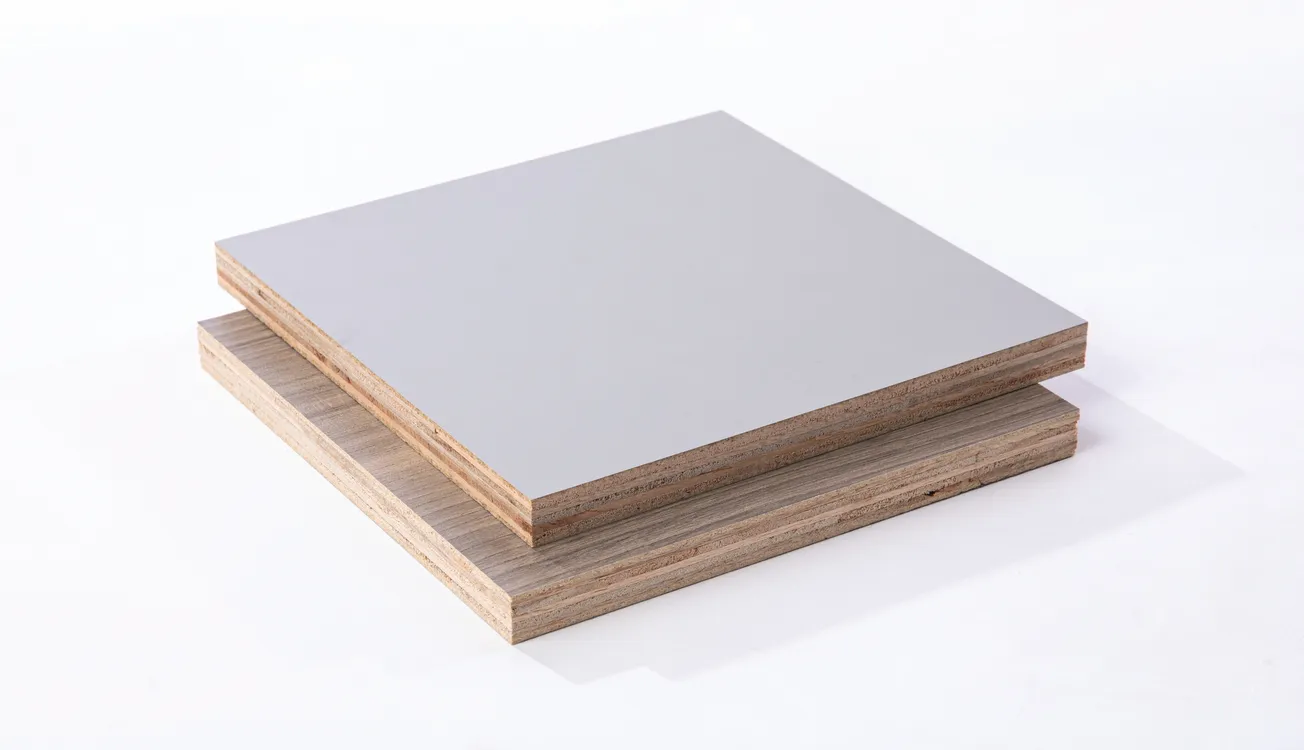Table of Contents
The U.S. mass timber industry is an emerging market with many years of growth ahead. Architects, engineers and developers are astounded by pictures of beautiful soaring mass timber buildings with custom glulam beams, extraordinary spans, and dramatic large format panels. These structures display the versatility and intrinsic beauty of wood structures and the true potential to upend classical construction of concrete and steel.
As more of these mass timber structures are completed, we not only enjoy the natural beauty and warmth of wood structures, but we also are reminded of the exceptional environmental benefits of wood construction. Wood is 100% solar powered, 100% renewable, and 100% recyclable. Modern forest management, requiring that forests remain as forests for the future, renews the health of our forests, and gives us the ability to store carbon in a beneficial cycle in our structures.
Housing is increasingly unaffordable, experienced construction labor is harder to come by, and land for additional development is scarce. The promise of mass timber is that we will soon be able to build structures taller, faster, with a more environmentally sustainable building product than current alternatives. However, for most of the marketplace the biggest question is if mass timber is cost-effective compared to conventional construction.
The current market for mass timber products in the U.S. is in its infancy, yet it is characterized by producers who excel at providing the unique services required to shepherd projects from concept to reality, commonly described as design/build. Most mass timber structures completed in North America have jumped through significant regulatory hurdles, have taken considerable effort to prove the efficacy of assemblies and connections, and have bent over backwards to show the aesthetic and architectural qualities of wood construction. As more projects are implemented, and consumers become more comfortable with the idea of building with wood in large formats, we expect future projects to look quite different. There is every reason to believe that the mass timber market of the future will advance well beyond the design constraints of the mass timber market of today.
I believe the mass timber marketplace could evolve in a couple of ways—as it does now, with direct participation between manufacturer and engineer, or as a commoditized building product. The basic assumptions under both scenarios is that the market will continue to grow, that more primary panel producers need to and will enter the market for robust competition, and that the cost of mass timber needs to be lower in order to truly compete and succeed in taking market share from concrete and steel.
The first scenario is that the mass timber market of the future exists as it does now. The mass timber panel producer deals directly with developer, architect and engineer to develop unique solutions to individual projects. Mass timber projects will capture a good portion of the six- to 12-story marketplace, and there will be specialization among engineers and architects who gain unique competence in putting together mass timber structures. These engineers and architects will continue to be guided through the process by engineers employed and trained by the producers to promote and execute projects specific to each manufacturer’s unique products.
Mass timber markets can be vibrant under this scenario as more projects are successful due to the integration of design with the primary producers. While the ANSI/APA product standard PRG 320 governs CLT production, the range of species, resins and processes all lead to unique characteristics amongst each manufacturers’ CLT panels. It is important that the architects and engineers understand the intricacies of each producer’s panels. The nature of this marketplace truncates the supply chain and puts the panel producers directly in contact with the end consumer leading to the possibility of lower transaction costs. However, it necessitates that the primary producers employ high-cost engineers, drafters, sales representatives, etc., in order to complete projects. Also, it does not lead to mass production as producers must create unique panels for specific uses and designs. All transportation and logistics must be coordinated perfectly as well. Taken to the extreme, this marketplace would lead to the primary mass timber panel producer designing, fabricating and constructing modular developments from beginning to end. This model is currently being attempted.
The second scenario assumes that the historic wood products and construction marketplaces are more efficient than credited. Under this scenario, mass timber is rapidly commoditized, and prices are brought to a level where they are both competitive with concrete and steel and can feasibly compete with light wood frame construction when the speed of construction and labor costs are adequately quantified. The supply chain would look much like it does now, moving from engineered wood producer, to distributor, to contractor, to engineer, to architect and the developer.
Mass timber producers manufacture panels and sell them raw to distributers or contractors at significantly lower costs as they are no longer providing unique solutions to mass timber projects. Manufacturers will be able to maximize production runs by standardizing products and sizes into larger production runs. There would be regional warehouses or distributors where mass timber panels of various thicknesses are stored and inventoried. Regional secondary manufacturers would have CNC machines in which they can quote mass timber projects in their area to engineers and architects. Projects timelines would not need to fit into manufacturers schedules. Logistics, in this case, are easier because the unique panels can be made much closer to the job site, instead of shipping panels across the country in specified order. The current supply chain is not destroyed in this scenario, it simply enjoys a new product to manage.
This type of market is a huge leap of faith for those willing to make the investment in CNC equipment and develop design teams, but the risk should have rewards. Everyone’s place and occupation are maintained, if it adds value to the project. The beauty of the mass timber market is that regardless of which scenario it follows, mass timber will grow and develop into a sustainable, desirable building choice due to the environmental, aesthetic and cost effectiveness of the products. Mass timber will continue to change the way we build structures, but the speed of change is dependent upon the boldness and innovation of those who want to be a part of it.









